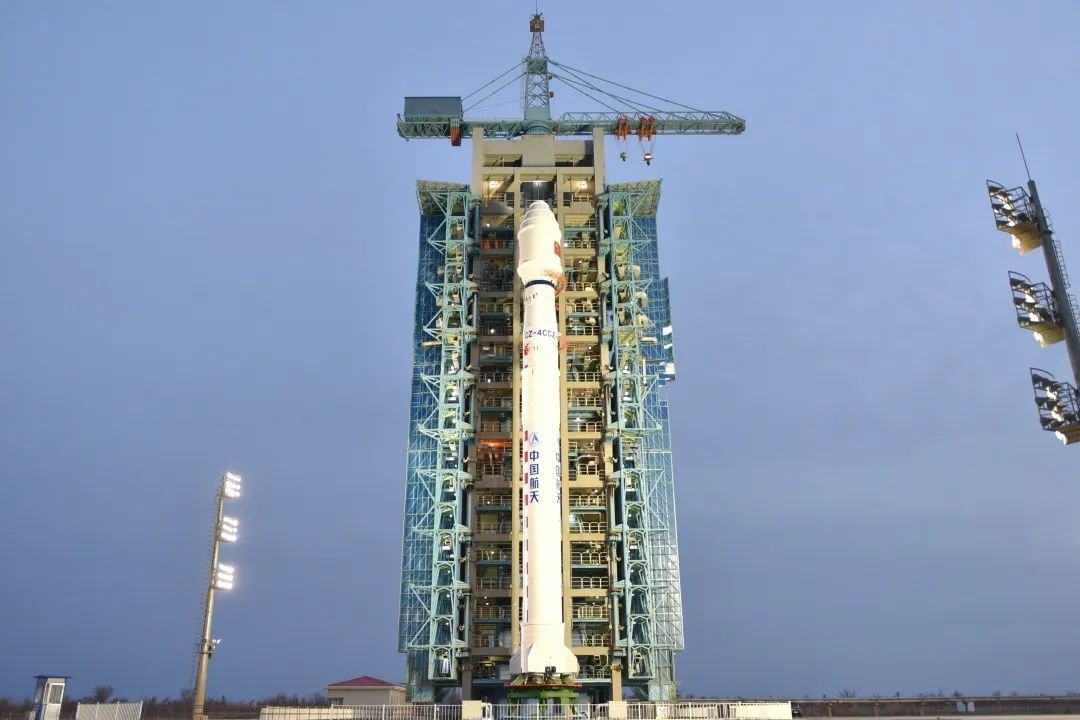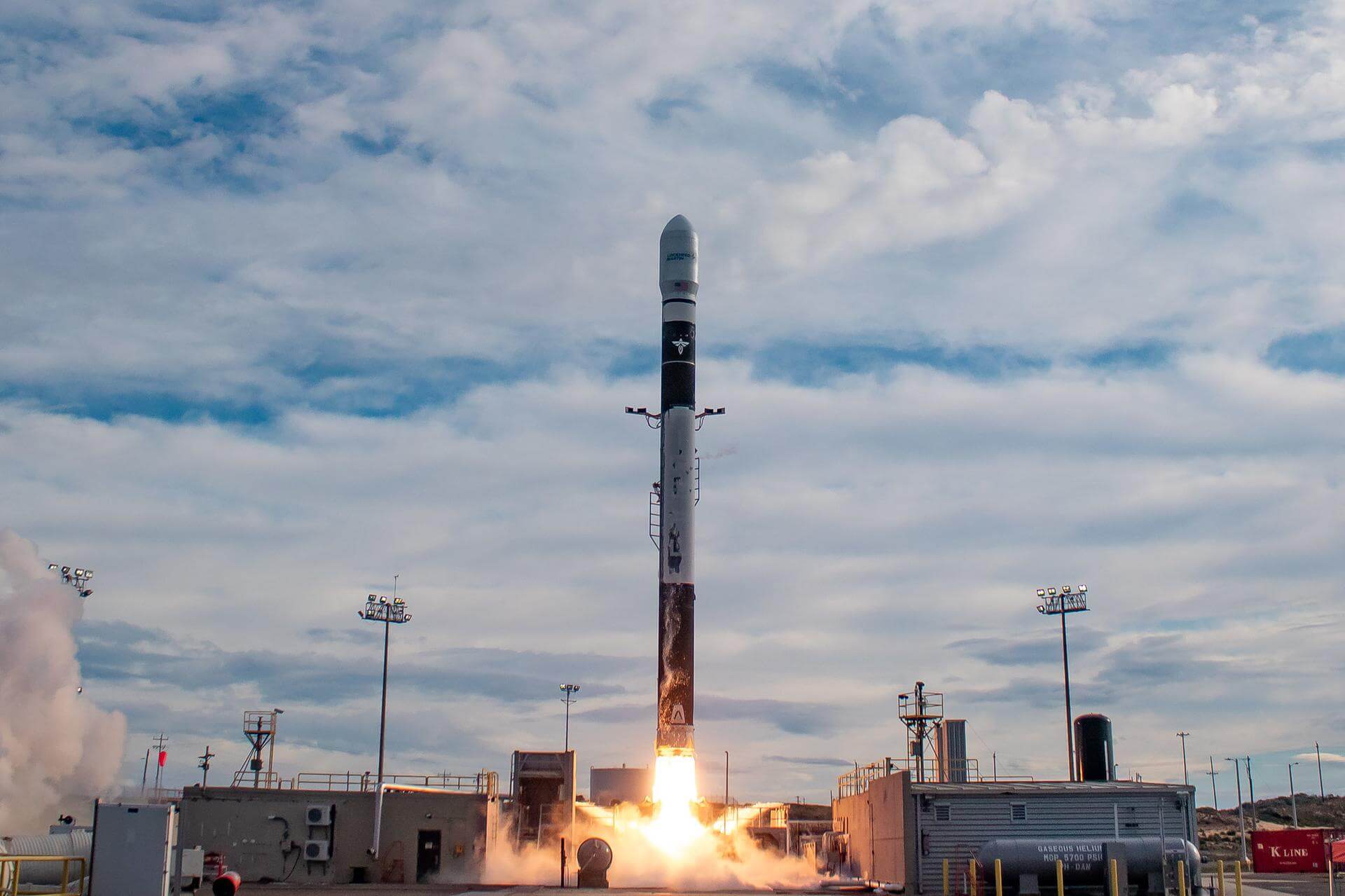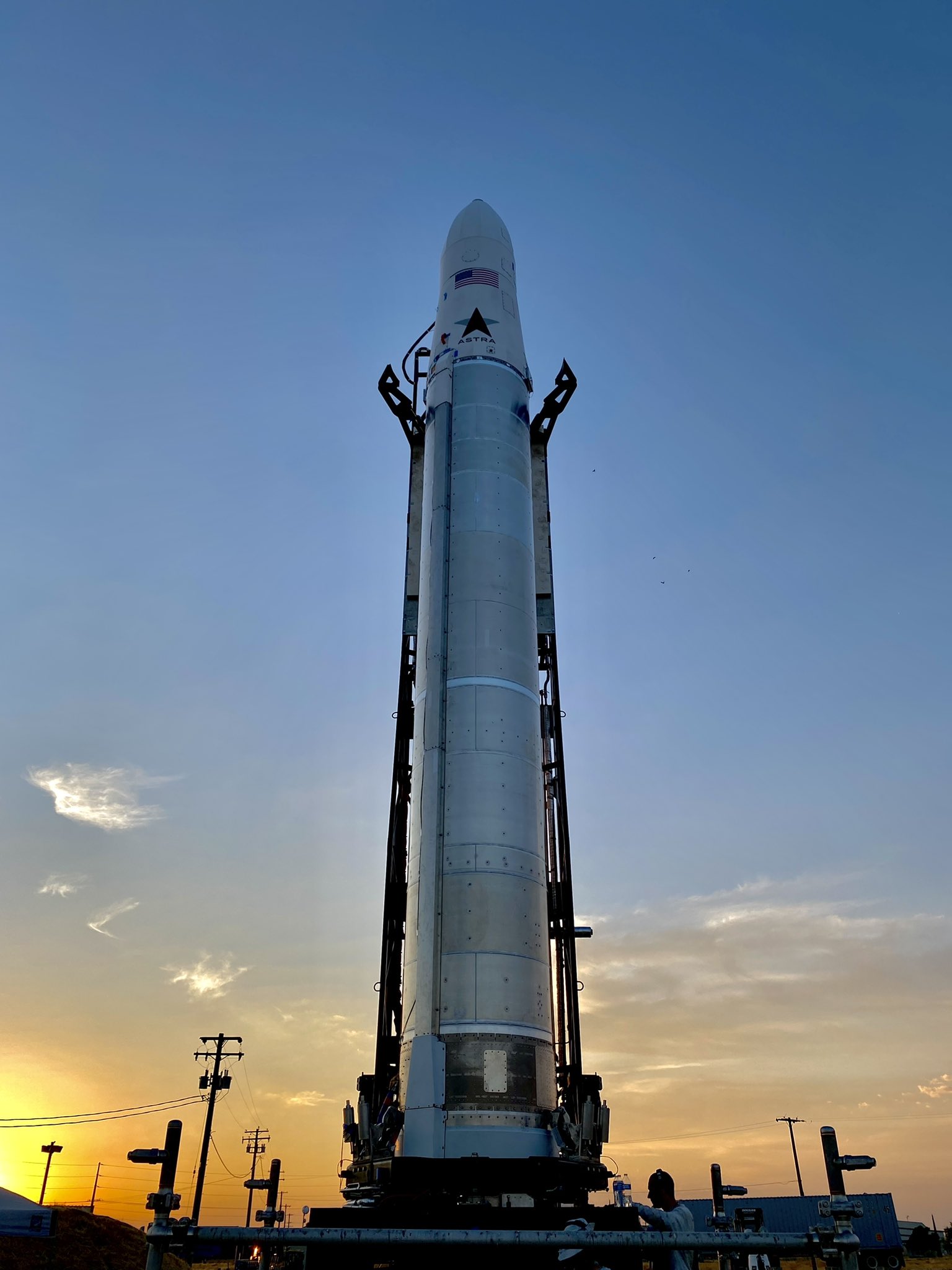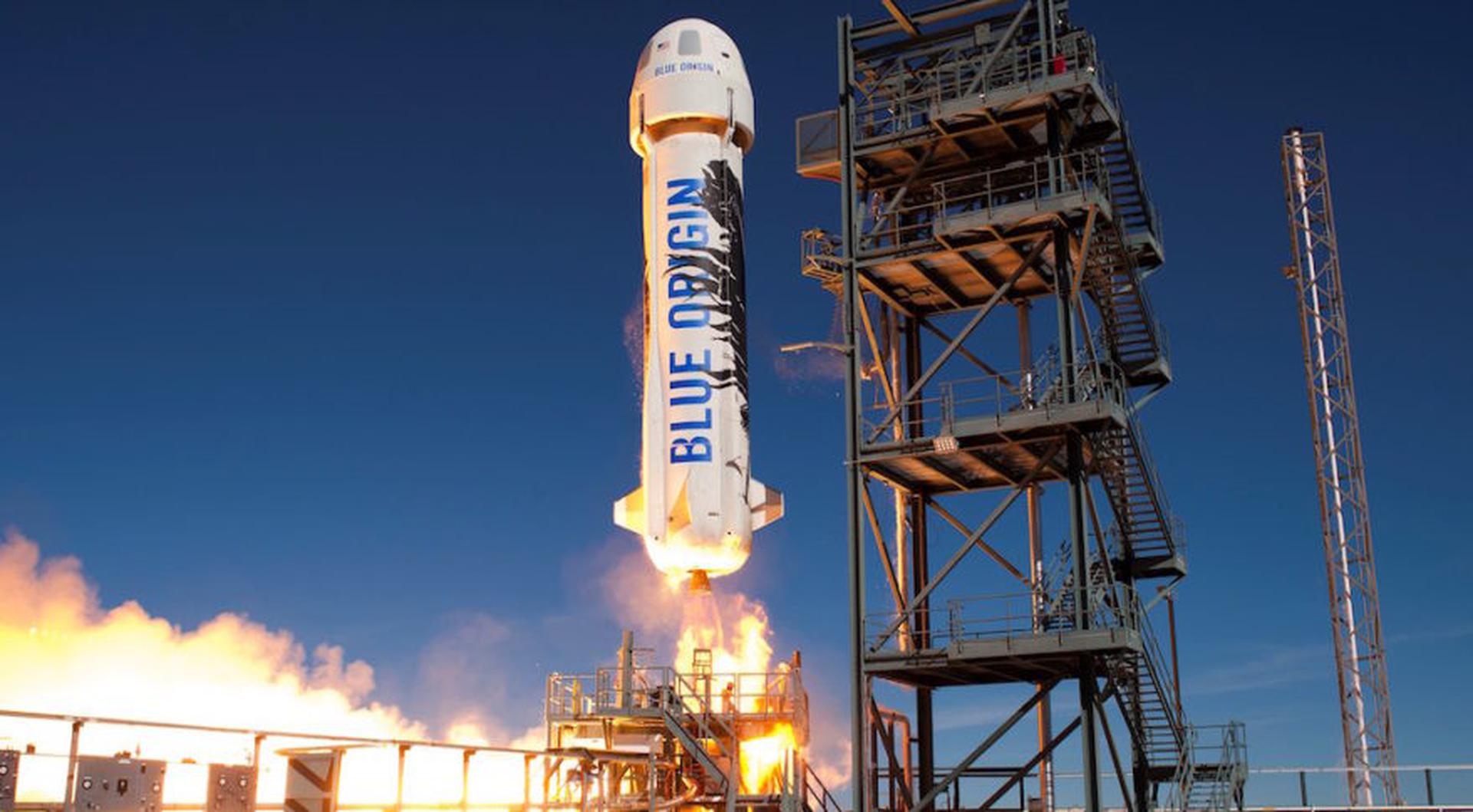Previous Spaceflight Launches
Filter by Agency, Locations or Vehicles
Show All LaunchesFalcon 9 Block 5 | Starlink Group 2-1
SpaceX | United States of AmericaVandenberg SFB, CA, USA
Sept. 14, 2021, 3:55 a.m.
Soyuz 2.1v | Razbeg 1 (Kosmos 2551)
Ministry of Defence of the Russian Federation | RussiaPlesetsk Cosmodrome, Russian Federation
Sept. 9, 2021, 7:59 p.m.
Status: Launch Successful
Mission:
The Russian Razbeg 1 is small military satellite optical reconnaissance satellite. It was built by NPP VNIIEM. It is likely the same satellite identified in earlier reports as Zvesda. The 250 kg satellite was reportedly inspired by the US American commercial Earth imaging satellites of the SkySat 1 series. It features a camera built by the Belarusian company OAO Peleng with a maximum ground resolution of 0.9 meters in panchromatic mode.
Sun-Synchronous OrbitLong March 3B | ChinaSat 9B
China Aerospace Science and Technology Corporation | ChinaXichang Satellite Launch Center, People's Republic of China
Sept. 9, 2021, 11:50 a.m.
Status: Launch Successful
Mission:
Zhongxing-9B (ChinaSat 9B) is a Chinese communications satellite, that will replace the Zhongxing-9A satellite in orbit. The latter was launched in 2017, but the CZ-3B launch vehicle suffered a partial failure, and the satellite had to burn a large amount of fuel to reach its nominal orbit. ZX-9B will be used to retransmit television to the Chinese, as well as to provide television communications with Chinese islands, and ships sailing near the coast. The satellite will also be used to broadcast the 2022 Beijing Winter Olympics in 8K.
Geostationary Transfer OrbitLong March 4C | Gaofen-5-02
China Aerospace Science and Technology Corporation | ChinaTaiyuan Satellite Launch Center, People's Republic of China
Sept. 7, 2021, 3:01 a.m.
Status: Launch Successful
Mission:
Gaofen (GF) is a series of Chinese civilian remote sensing satellites for the state-sponsored program China High-definition Earth Observation System (CHEOS). GF 5 is configured with six types of payloads, including visible and short-wave infra hyper-spectral camera, spectral imager, greenhouse gas detector, atmospheric environment infrared detector at very high spectral resolution, differential absorption spectrometer for atmospheric trace gas, and multi-angle polarization detector, with designed lifespan of 8 years. The satellite is based on the SAST-5000B bus. The instruments are: * Advanced Hyperspectral Imager (AHSI) * Visual and Infrared Multispectral Sensor (VIMS) * Greenhouse-gases Monitoring Instrument (GMI) * Atmospheric Infrared Ultraspectral (AIUS) * Environment Monitoring Instrument (EMI) * Directional Polarization Camera (DPC)
Sun-Synchronous OrbitFirefly Alpha | FLTA001 (Maiden Flight)
Firefly Aerospace | United States of AmericaVandenberg SFB, CA, USA
Sept. 3, 2021, 1:59 a.m.
Status: Launch Failure
Mission:
First flight of the new Firefly Alpha small sat launcher developed by Firefly Aerospace. It will carry Firefly’s DREAM (Dedicated Research & Education Accelerator Mission), which includes various payloads like cubesats, personal items, pictures, DNA samples and more to inspire young people to pursue STEM education.
Low Earth OrbitFalcon 9 Block 5 | Dragon CRS-2 SpX-23
SpaceX | United States of AmericaKennedy Space Center, FL, USA
Aug. 29, 2021, 7:14 a.m.
Status: Launch Successful
Mission:
SpaceX will launch the cargo variant of its Dragon 2 spacecraft on their 23rd commercial resupply services mission to the International Space Station. The flight will be conducted under the second Commercial Resupply Services contract with NASA. Dragon will be filled with supplies and payloads, including critical materials to directly support science and research investigations that occur onboard the orbiting laboratory.
Low Earth Orbit B1061 - Flight Proven ( ) A Shortfall of GravitasAstra Rocket 3 | STP-27AD1
Astra Space | United States of AmericaPacific Spaceport Complex, Alaska, USA
Aug. 28, 2021, 10:35 p.m.
New Shepard | NS-17
Blue Origin | United States of AmericaCorn Ranch, Van Horn, TX, USA
Aug. 26, 2021, 2:31 p.m.
Status: Launch Successful
Mission:
Seventeenth flight of New Shepard. It will carry a second NASA lunar landing technology demonstration on the exterior of the booster, 18 commercial payloads inside the crew capsule, and an art installation on the exterior of the capsule.
Suborbital NS-3 - Flight Proven ( ) Corn Ranch Landing Pad, West TexasLong March 3B | TJSW-7
China Aerospace Science and Technology Corporation | ChinaXichang Satellite Launch Center, People's Republic of China
Aug. 24, 2021, 3:41 p.m.
Long March 2C/YZ-1S | RSW-01 - 03
China Aerospace Science and Technology Corporation | ChinaJiuquan Satellite Launch Center, People's Republic of China
Aug. 24, 2021, 11:15 a.m.










